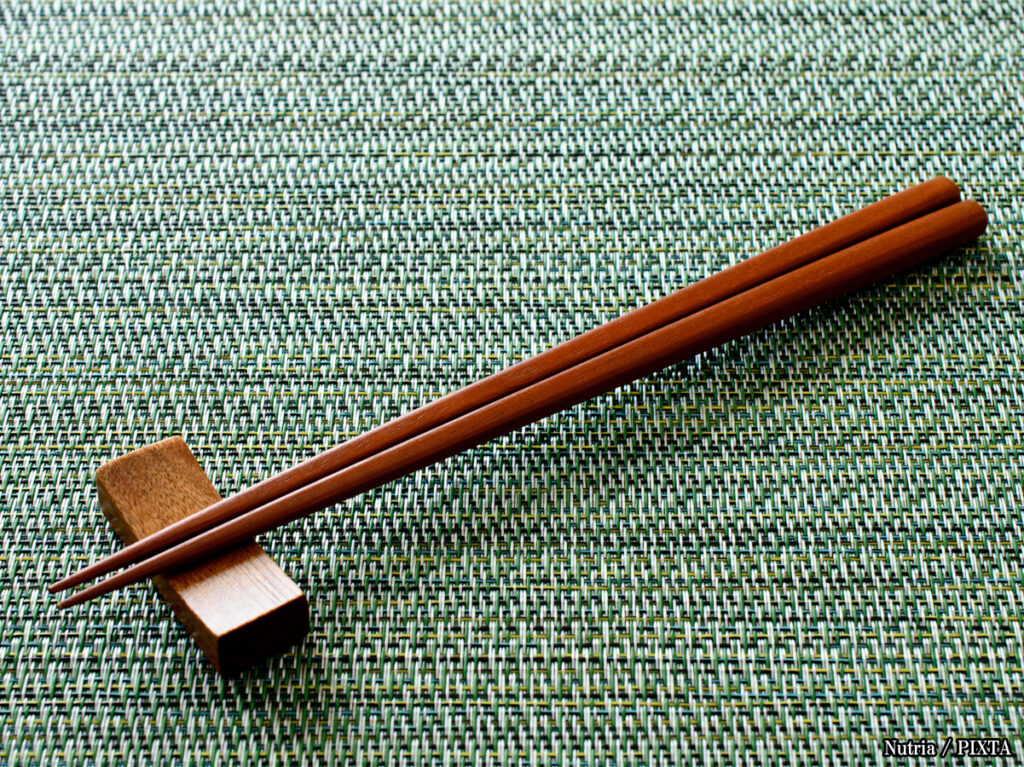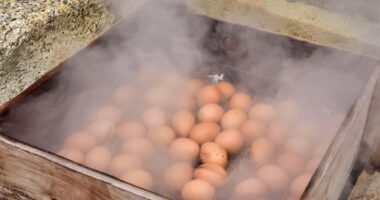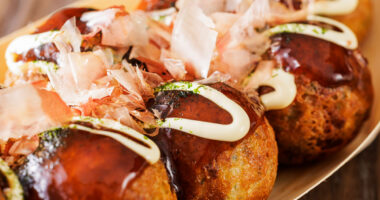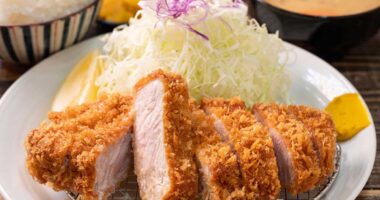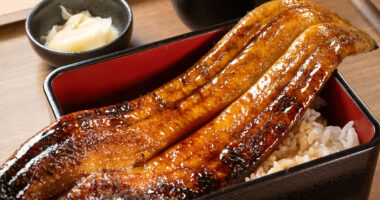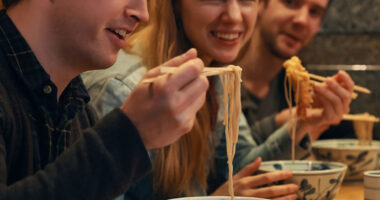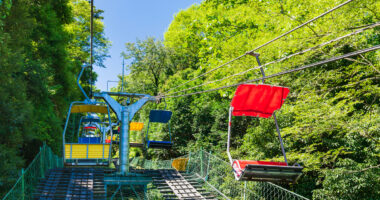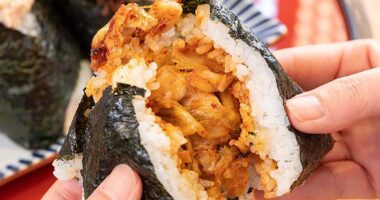As you get ready for your trip to Japan, picking up some basic chopstick skills can greatly enhance your dining experience. In a country where chopsticks are the main dining utensil, a little practice beforehand not only shows respect for local customs but also allows you to enjoy Japanese cuisine the way it’s meant to be savored.
Why learning chopsticks matters in Japan
The prevalence of chopsticks in Japanese dining
In Japan, hashi (chopsticks) are used for just about everything from delicate sushi to hearty bowls of ramen. While restaurants in tourist areas may offer forks upon request, many authentic local eateries provide chopsticks exclusively. Having some basic skills allows you to dine comfortably and confidently anywhere, whether you’re at a high-end Tokyo establishment or a cozy family-run restaurant in the countryside.
How effort is appreciated by locals
Japanese people generally don’t expect visitors to have perfect chopstick technique, but they do appreciate the effort. Simply making an attempt to use chopsticks shows respect for Japanese culture and traditions. Even if your skills aren’t flawless, locals will likely notice and appreciate your willingness to embrace their customs.
Basic chopstick techniques
Proper finger positioning and grip
- Hold the first chopstick like a pencil, resting it on your ring finger and gripping it between your thumb and middle finger. This chopstick should remain stationary.
- Place the second chopstick parallel to the first, holding it between your index finger and thumb. This is your moving chopstick.
- When picking up food, keep the bottom chopstick stable between your thumb and middle finger, and move only the top one. Bring the tips together precisely to securely grip your food.
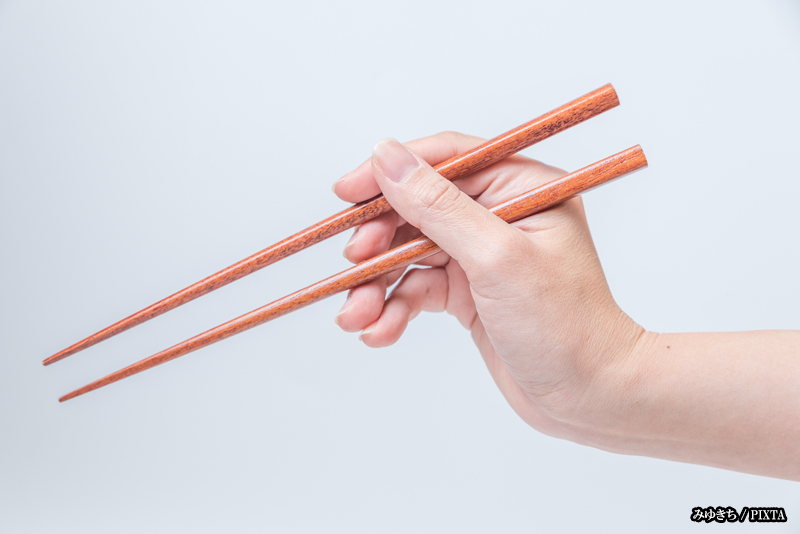
Photo for illustrative purposes
Common beginner mistakes to avoid
- Crossing chopsticks: Your chopsticks should always remain parallel, except at the tips when picking up food.
- Gripping too far up or down: Grip your chopsticks about one-third of the way down for optimal control.
- Using excessive force: Gentle pressure is sufficient. Excessive force could crush delicate foods and, depending on the chopstick material, even cause them to break.
- Moving both chopsticks: Remember, only the top chopstick should move when picking up food. Keep the bottom one steady.
Simple practice exercises
Household items for effective practice
Before your trip, try practicing a few easy-to-find objects around the house, such as:
- Dried beans or small candies: Start with larger pieces and work your way down to smaller ones as your control improves.
- Rubber bands: These are a bit more challenging. You can also wrap a rubber band around the middle of both chopsticks to help keep them aligned while you practice.
- Cotton balls: These are great for beginners since they’re light and won’t roll away easily.
Fun drills to build confidence
- The transfer game: Place two bowls side by side and practice moving small items from one bowl to another without dropping them.
- Timed challenges: Once you’re comfortable with the basics, time yourself transferring ten objects between bowls. Then try to beat your previous time.
- Mixed object practice: Fill a bowl with objects of different sizes and weights to build versatility.

Photo for illustrative purposes
Final words of encouragement
Progress over perfection
Remember that mastering chopsticks takes time, and even some Japanese people don’t have flawless technique. Rather than aiming for perfection, focus on steady progress. The goal is to feel comfortable enough to enjoy your meals without stress.
Cultural appreciation through effort
Using chopsticks in Japan isn’t just about mere practicality—it’s a way to engage with centuries of culinary tradition. Even with just the basic skills, your effort to embrace local customs can deepen your travel experience and lead to more meaningful cultural connections during your visit.
With a bit of practice before your trip, you’ll be ready to enjoy Japan’s rich food culture with both confidence and respect. Safe travels—and happy eating!
